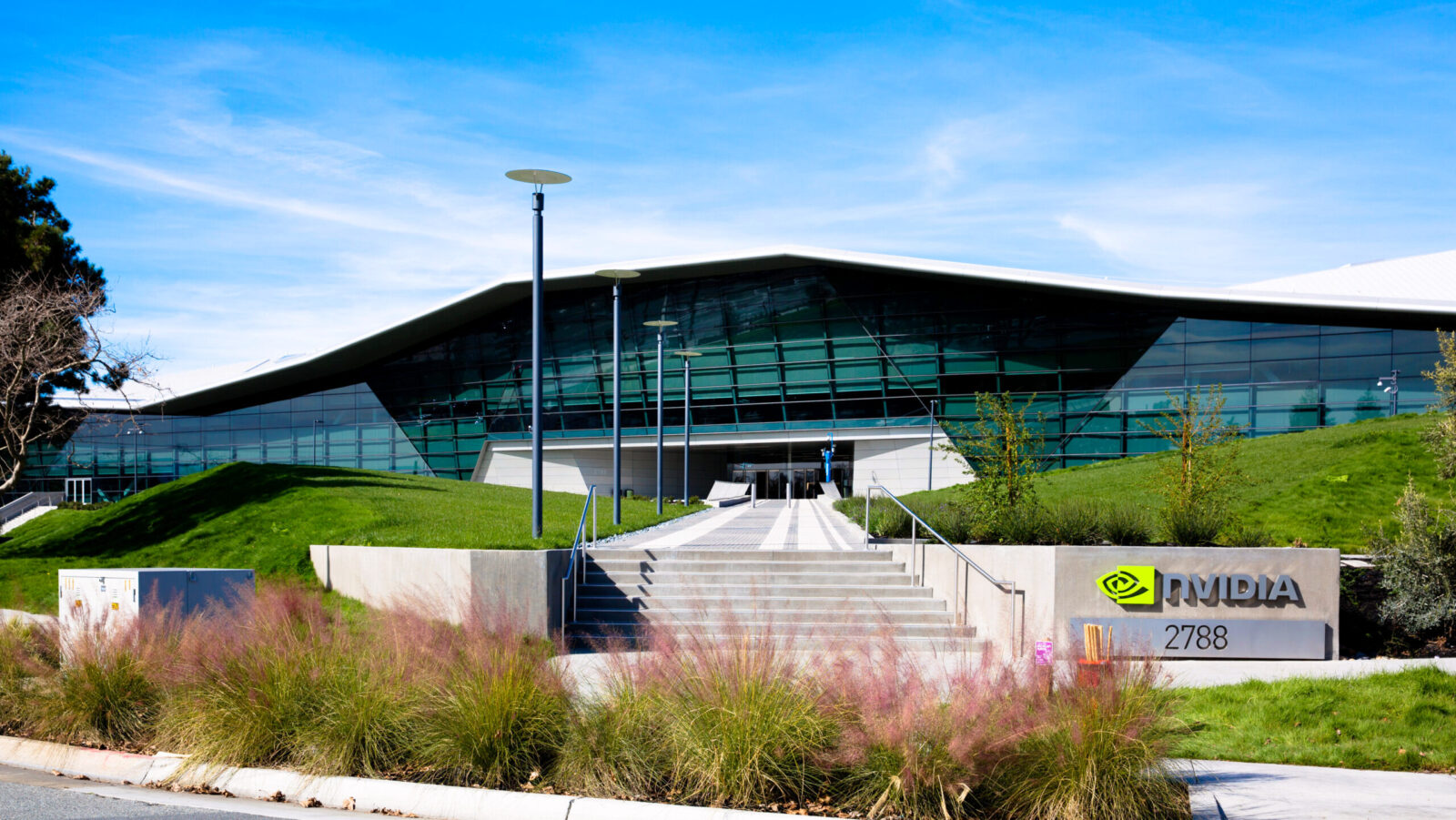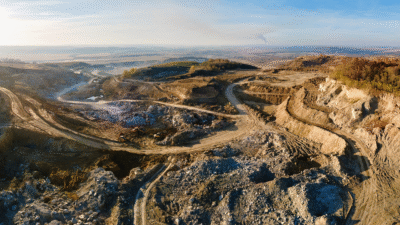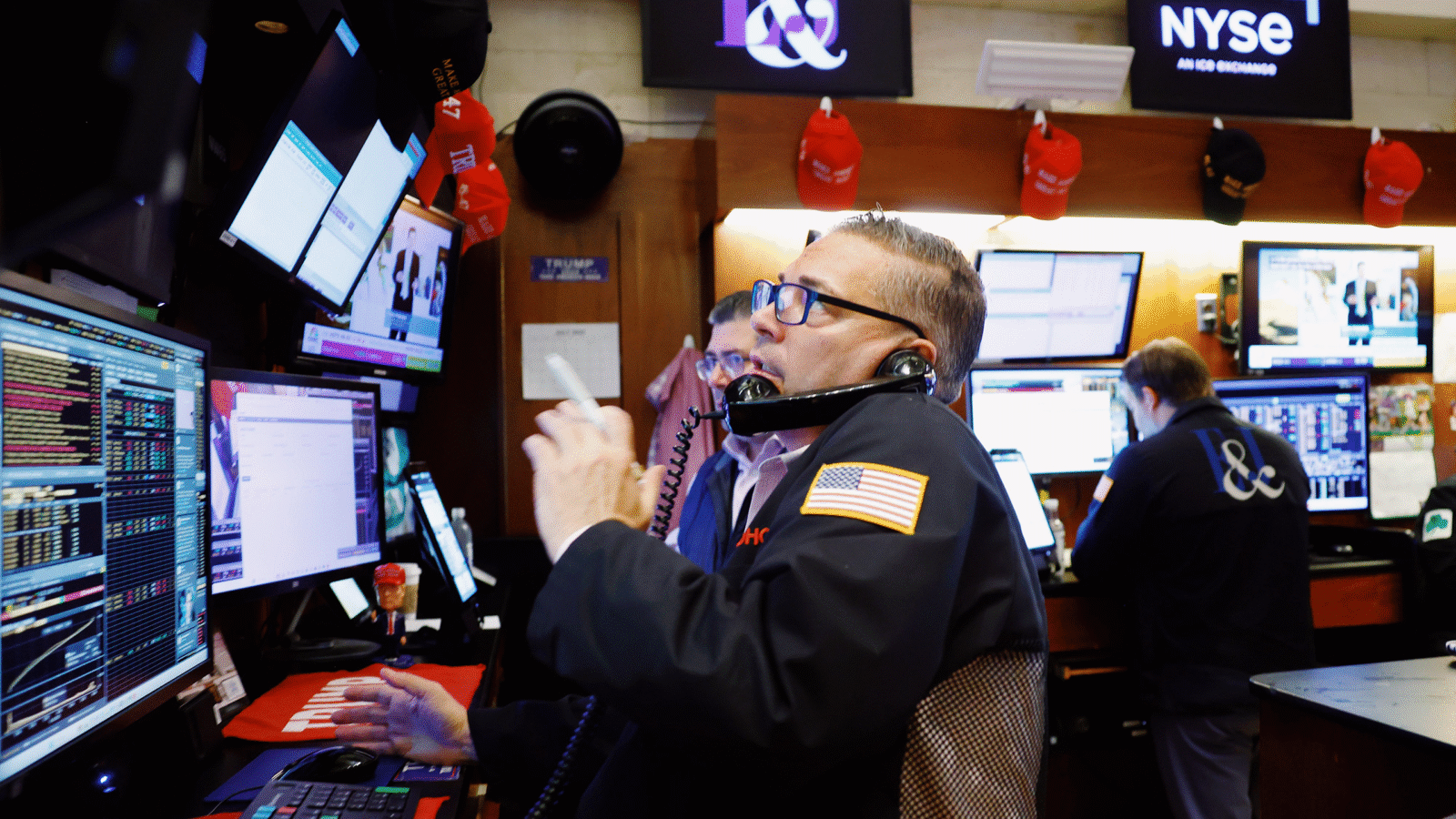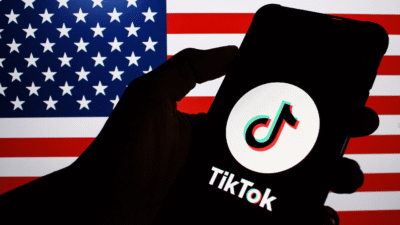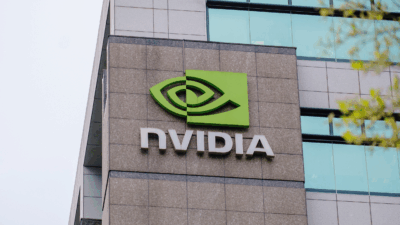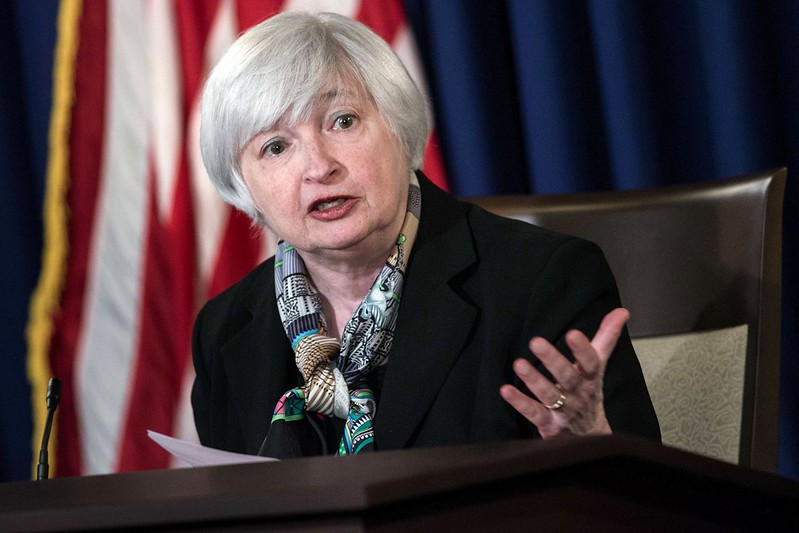
Sign up for smart news, insights, and analysis on the biggest financial stories of the day.
Washington and Beijing may be at loggerheads, but at least they’re talking.
Treasury Secretary Janet Yellen visited Beijing this past weekend in the latest attempt to ease mounting tensions between the US and China. She focused on bettering communication between the two countries, growing trade, and how China and America should lead a global climate-change strategy.
Warm Welcome
Secretary of State Antony Blinken visited China just last month, and shortly before him it was Assistant Secretary of State for East Asian and Pacific Affairs Daniel Kritenbrink. Treasury officials told The Wall Street Journal that Yellen wasn’t expected to achieve a breakthrough — she was there to move the chains toward regular dialogue, and it looks like she did just that.
Dennis Wilder, a former CIA expert on China, told the Financial Times that Chinese leaders “clearly see Secretary Yellen as one of the more pragmatic, and less political, senior officials in the Biden administration.” The state-owned Xinhua News Agency described Yellen’s talks with Premier Li Qiang, Vice Premier He Lifeng, and economic experts as “constructive.” The CCP-run Global Times quoted Li as telling Yellen that “China-US ties can see rainbows after a round of wind and rain.”
Let’s hope that good vibes last, given the risks that could muck it all up:
- The two countries are significant trade partners, but the US also seems to be playing both sides. Yellen has said there is “ample room” for US and Chinese companies to boost trade and investment, but the White House also is looking to restrict interactions with Chinese businesses it deems a military risk. The US also has been cozying up with India to reduce economic reliance on China.
- Despite tit-for-tat sanctions, China’s unfettered military expansion in the South China Seas, and the US shooting down alleged weather balloons, bilateral trade between the two superpowers sits at an all-time high, totaling $691 billion last year. Yellen said the end goal is for the two countries to work together and that the US isn’t pursuing a “winner take all” fight. That might be good news for China, which faces a post-pandemic malaise of low consumer spending, a poor property market, and slowing private investment.
A Little Too Warm: Yellen met with climate-finance leaders and suggested China support efforts like the Green Climate Fund and the Climate Investment Funds to address the effects of climate change on developing countries. When it comes to carbon, the US and China are filth and filthier: the US emits roughly 6 million metric tons of carbon dioxide each year while China is responsible for nearly double that. Together, both countries account for about 40% of all greenhouse emissions.
